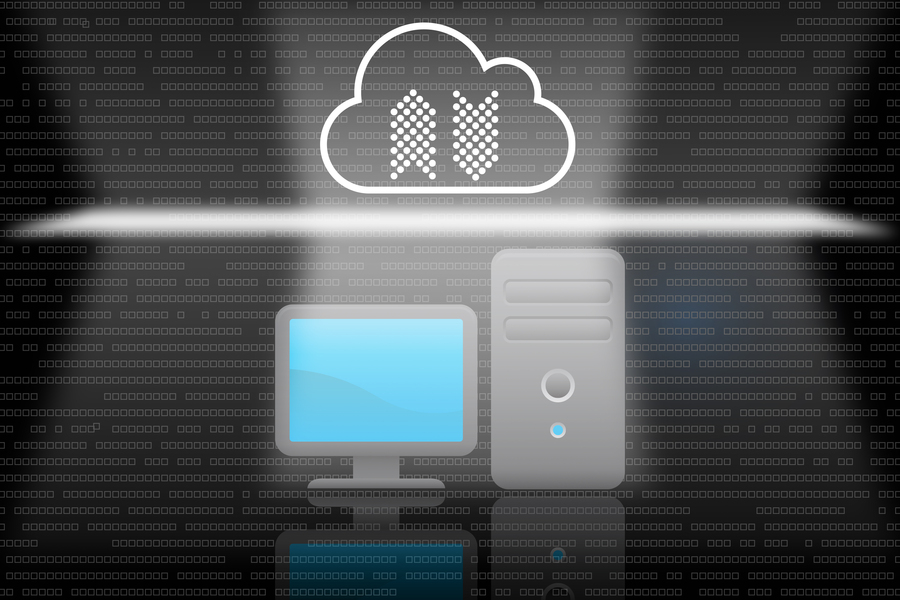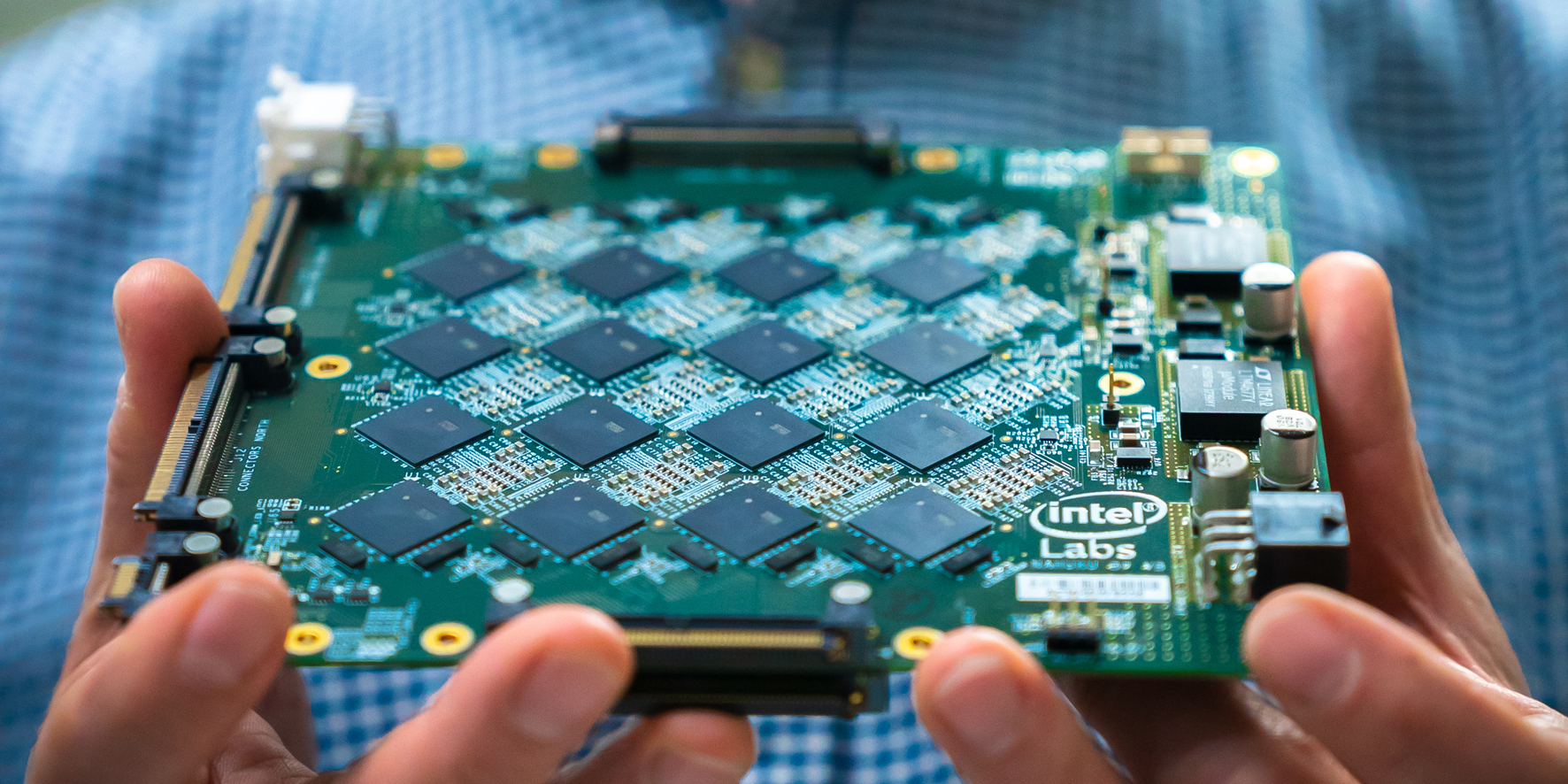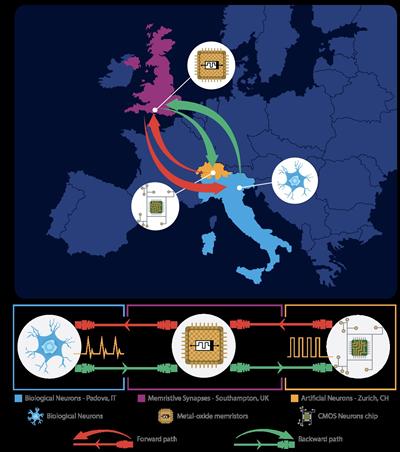
Credit: Christine Daniloff, MIT; iStock
The technique leverages quantum properties of light to guarantee security while preserving the accuracy of a deep-learning model. Researchers developed a technique guaranteeing that data remain secure during multiparty, cloud-based computation. This method, which leverages the quantum properties of light, could enable organizations like hospitals or financial companies to use deep learning to securely analyze confidential patient or customer data.
Deep-learning models are being used in many fields, from health care diagnostics to financi...
Read More









Recent Comments